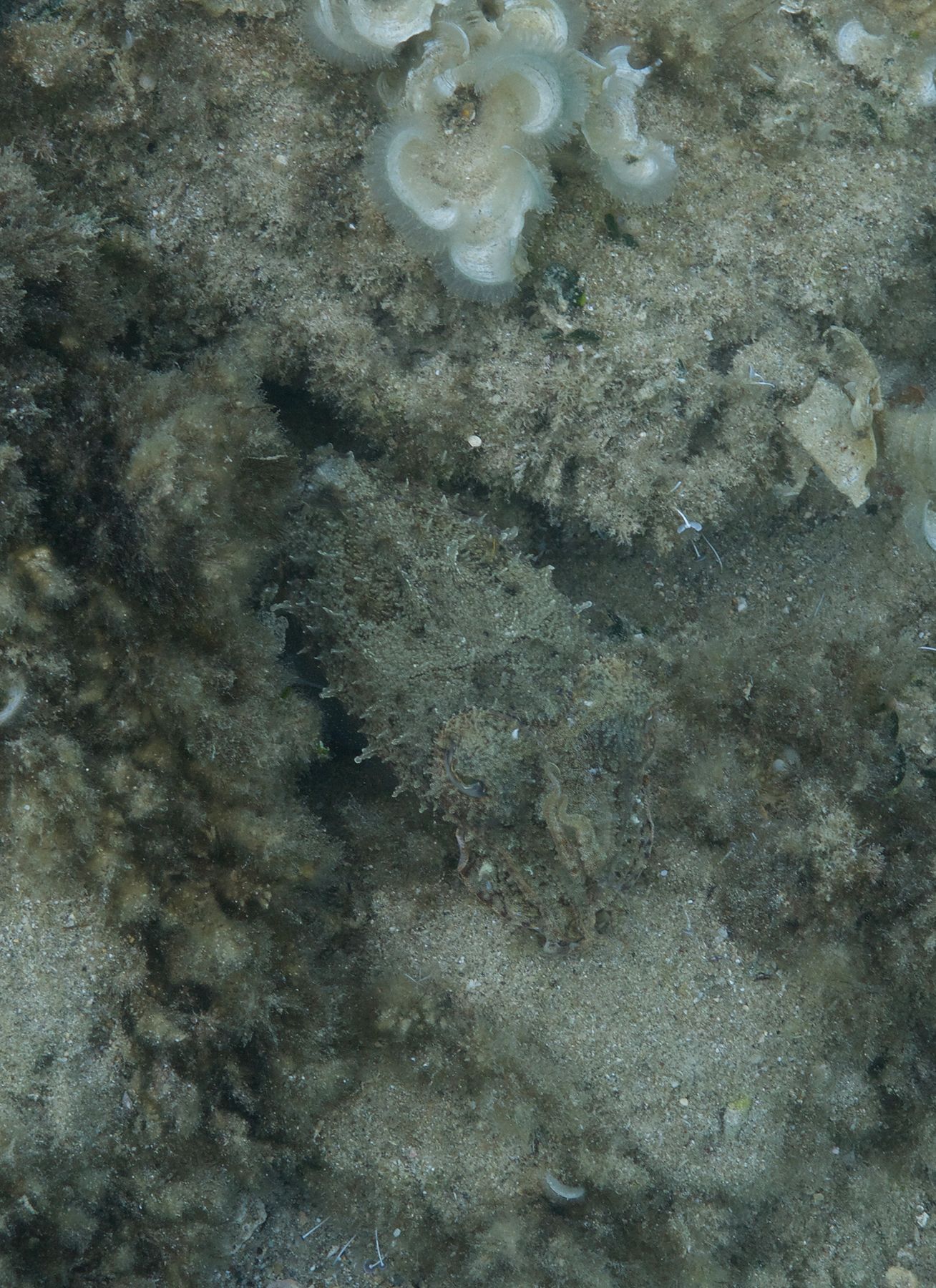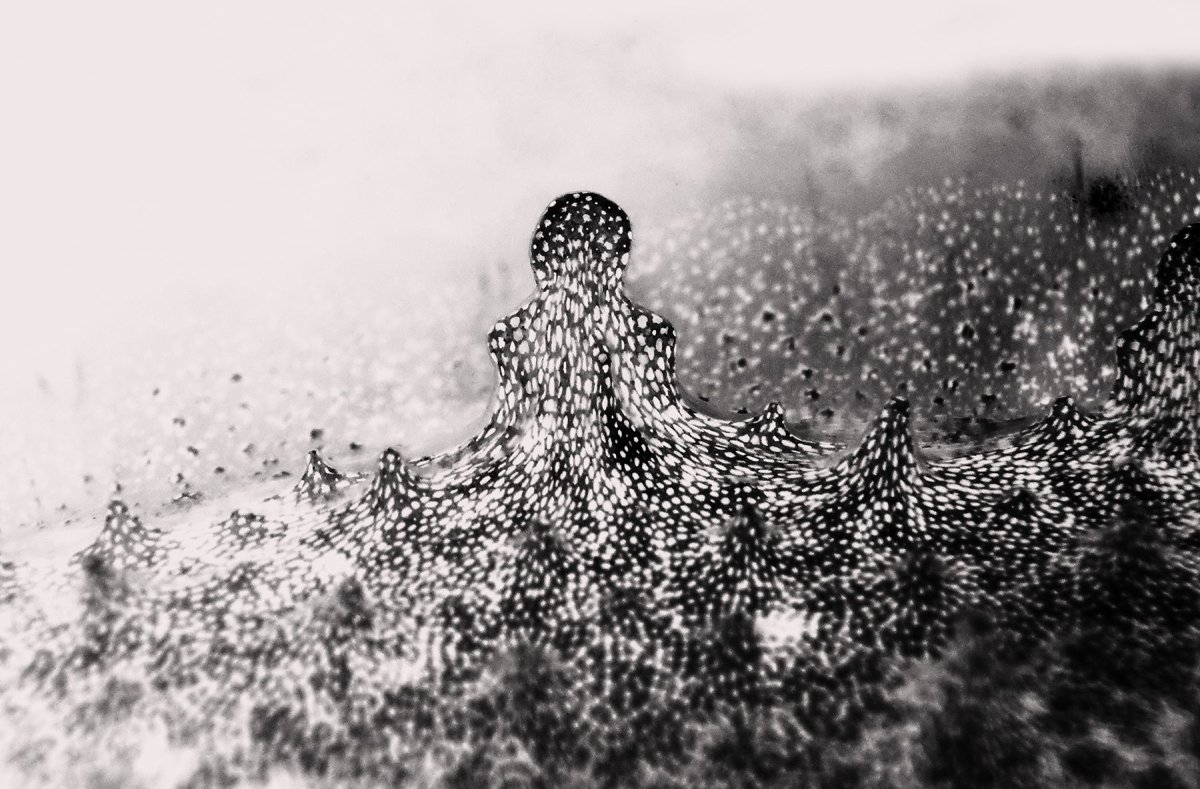
The animal kingdom is home to all manner of weird and wonderful defense tactics, but the camouflage skills of cuttlefish, squid and octopuses surely rank among the most impressive.These masters of disguise have the incredible ability to change the color or texture of their skin spontaneously, enabling them to hide effectively when danger looms.
And among the most striking such traits is the ability of the cuttlefish to erect small spikes on their skin that mimic coral or other objects in their environment.
Exactly how the cephalopod manages this feat has long puzzled scientists. But thanks to new research, published in the journal iScience, marine biologists from the University of Cambridge and the Marine Biological Laboratory at the University of Chicago have uncovered fascinating details about the underlying biological mechanisms that produce this effect.
"The biggest surprise for us was to see that these skin spikes, called papillae, can hold their shape in the extended position for more than an hour, without neural signals controlling them," Paloma Gonzalez-Bellido, from the University of Cambridge, an author of the study, said in a statement.
The mechanism bears an intriguing resemblance to another seen in clams. Those shellfish snap their shells shut when they feel threatened by using a specialized muscle. In cuttlefish, a similar muscle inside the papillae enables the spikes to remain erect for extended periods
Read more: Dozens of octopuses crawl from the sea in Wales in 'end of days' beach science
In clams, these muscles remain locked in a tense state until a chemical signal releases them, causing the shell to shut rapidly without using up any energy. The cuttlefish have a similar biological process, the researchers found.
Gonzalez-Bellido and her colleague Trevor Wardill wanted to know how the cuttlefish control the papillae neurologically. According to their findings, a nerve originating in a region known as the stellate ganglion is exclusively dedicated to managing the papillae.
And it turns out that the neural mechanisms that control the papillae in cuttlefish are surprisingly similar to the nerve circuits in squid that control skin iridescence. Because squid don't have papillae and cuttlefish don't have tunable skin iridescence, the scientists theorize that these neural circuits evolved in a common ancestor.

SaveSave
SaveSave
SaveSave
Uncommon Knowledge
Newsweek is committed to challenging conventional wisdom and finding connections in the search for common ground.
Newsweek is committed to challenging conventional wisdom and finding connections in the search for common ground.
About the writer
Aristos is a Newsweek science reporter with the London, U.K., bureau. He reports on science and health topics, including; animal, ... Read more
To read how Newsweek uses AI as a newsroom tool, Click here.








